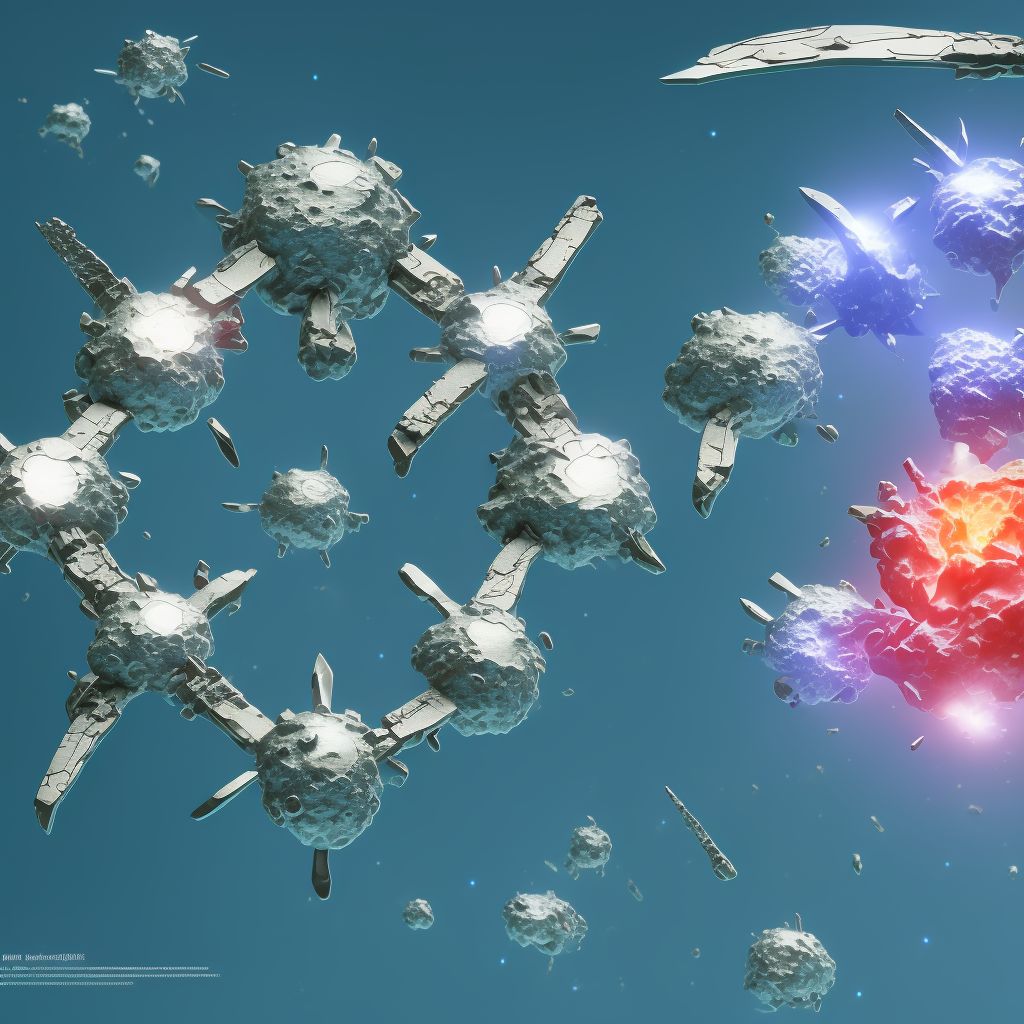
Nondisplaced oblique fracture of shaft of right fibula, subsequent encounter for open fracture type I or II with malunion Save
ICD-10 code: S82.434Q
Disease category: S82.434: Nondisplaced oblique fracture of shaft of right fibula
Nondisplaced Oblique Fracture of the Shaft of Right Fibula: Understanding Open Fractures with Malunion
When it comes to fractures, one specific type that requires attention is the nondisplaced oblique fracture of the shaft of the right fibula, particularly when it progresses into an open fracture type I or II with malunion. In this article, we will delve into the details of this condition, its causes, symptoms, and diagnosis, without discussing treatment options.
Cause:
Fractures of the shaft of the right fibula typically occur due to direct trauma or excessive force applied to the leg. When the bone breaks in an oblique manner but does not shift significantly, it is considered a nondisplaced fracture. If left untreated or inadequately managed, it can progress into an open fracture with malunion, where the bone heals in a misaligned position.
Symptoms:
Common symptoms of a nondisplaced oblique fracture of the shaft of the right fibula include intense pain, swelling, and difficulty bearing weight on the affected leg. Patients may also experience localized tenderness and bruising around the fracture site.
Diagnosis:
- Physical Examination: A thorough examination of the leg is performed, assessing for any deformities, swelling, or tenderness.
- X-ray: X-ray imaging is crucial for diagnosing and evaluating the severity of the fracture. It helps determine if the fracture is nondisplaced, oblique, and whether malunion has occurred.
- CT scan: In some cases, a computed tomography (CT) scan may be required to obtain more detailed images of the fracture and surrounding structures.
It is important to note that a proper diagnosis is essential to determine the appropriate treatment plan for this condition. However, we will not discuss treatment options in this article.
In conclusion, a nondisplaced oblique fracture of the shaft of the right fibula can progress into an open fracture type I or II with malunion if left untreated. Understanding the causes, symptoms, and diagnosis of this condition is crucial for effective management. If you suspect you have this condition, it is recommended to seek medical attention promptly for a proper diagnosis and subsequent treatment.
Treatment of Nondisplaced oblique fracture of shaft of right fibula, subsequent encounter for open fracture type I or II with malunion:
Treatment Options for Nondisplaced Oblique Fracture of Shaft of Right Fibula, Subsequent Encounter for Open Fracture Type I or II with Malunion
A nondisplaced oblique fracture of the shaft of the right fibula can result in significant pain and limited mobility. When this fracture occurs as a subsequent encounter for an open fracture type I or II with malunion, it is important to co...
To see full information about treatment please Sign up or Log in